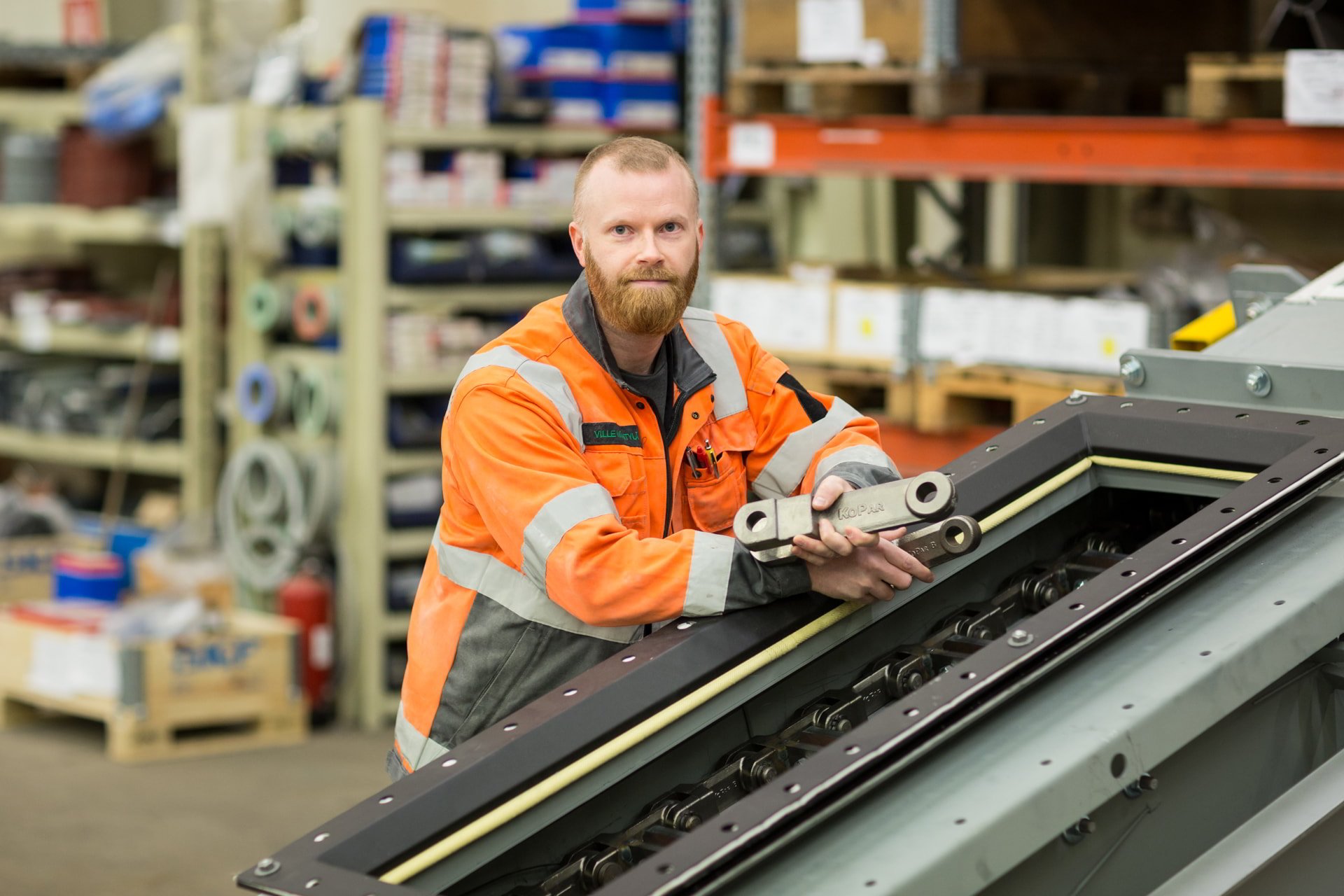The Significance of Pneumatic Conveying in Sustainable Industrial Practices
Pneumatic conveying systems are integral to numerous industries, from battery chemicals processing to non-ferrous smelters. These systems, which transport bulk materials through pressurized air streams, are lauded for their efficiency and cleanliness. However, as industries worldwide strive for greener operations, it's crucial to examine the sustainability of these systems. At Kopar, we understand the importance of minimizing environmental footprints and are committed to advancing pneumatic technology in an eco-friendly direction.
The efficiency of pneumatic conveying lies in its ability to move materials quickly and with minimal product loss. This translates to reduced waste and lower energy consumption compared to some traditional mechanical systems. By optimizing the energy usage and minimizing product degradation, these systems can contribute to a more sustainable manufacturing process. Moreover, the enclosed nature of pneumatic systems prevents the escape of particulates into the atmosphere, safeguarding air quality around production facilities.
Energy Consumption and Optimization in Pneumatic Systems
Energy efficiency is a critical factor in assessing the environmental impact of any industrial system. Pneumatic conveying can be energy-intensive, but with the right design and operation, it's possible to achieve significant energy savings. Kopar's approach to energy optimization includes the use of advanced air control systems that adjust the flow of compressed air to match the load requirements, thereby reducing unnecessary energy expenditure.
Furthermore, the selection of the most appropriate conveying phase - whether dilute phase or dense phase - can also influence energy consumption. Dense phase systems, for example, often use less air to move materials, which can lead to lower energy use. Kopar's expertise in system design ensures that each installation is tailored to the specific needs of the material being conveyed, optimizing energy use and reducing the overall environmental impact.
Reducing Carbon Footprint with Advanced Conveying Technology
The carbon footprint of industrial operations is a hot topic in today's environmentally conscious society. Pneumatic conveying systems, when designed and operated efficiently, can play a part in reducing the carbon emissions of a facility.
In addition, by integrating with renewable energy sources, pneumatic conveying systems can further reduce their carbon footprint. In order to replace fossil-fuel based energy production by more sustainable forms like solar and wind, we need energy storage. In those lithium plays an integral part. Kopar is at the forefront of this by being an expert in handling and conveying of various lithium based ingredients, thus paving the way for a more sustainable industrial future.
Material Waste Reduction and Environmental Protection
One of the lesser-discussed benefits of pneumatic conveying is its ability to reduce material waste. The enclosed system design prevents spillage and contamination, which not only improves the quality of the product but also reduces the environmental harm caused by waste materials.
Moreover, by preventing the release of dust and other particulates into the environment, pneumatic conveying systems help protect local ecosystems. This is particularly important in industries dealing with hazardous or toxic materials.
Lifecycle Impact of Pneumatic Conveying Equipment
The environmental impact of any technology is not only measured by its operational efficiency but also by its longevity and the lifecycle impact of its equipment. Durable systems require fewer resources for maintenance and replacement over time. Kopar's pneumatic conveying systems are built to last, using high-quality materials and components that withstand the rigors of industrial use, thereby reducing the need for frequent replacements and the associated environmental toll.
Additionally, Kopar focuses on the recyclability and reusability of system components at the end of their lifecycle. By selecting materials that can be recycled or repurposed, the environmental impact is further mitigated. This approach to design not only benefits the planet but also offers economic advantages to businesses through reduced material costs and waste disposal fees.
Compliance with Environmental Regulations and Standards
Adhering to environmental regulations is not just a legal obligation but also a moral one. Kopar's pneumatic conveying systems are designed to meet the strictest environmental standards, ensuring that businesses remain compliant with current regulations. This includes controlling emissions, managing energy consumption, and handling materials responsibly.
As environmental standards evolve, Kopar remains committed to staying ahead of the curve, continuously improving systems to meet and exceed these requirements. This proactive approach not only helps protect the environment but also positions businesses as leaders in sustainable industrial practices, enhancing their reputation and customer trust.
Conclusion: Embracing Eco-Friendly Conveying Solutions
The industrial sector's role in environmental stewardship is undeniable, and pneumatic conveying technology is a significant part of this narrative. By focusing on energy efficiency, waste reduction, and compliance with environmental standards, businesses can ensure that their operations contribute positively to the planet's well-being. Kopar is dedicated to providing pneumatic conveying solutions that align with these values, helping industries transition to a more sustainable future.
As we continue to innovate and refine our technologies, the potential for reducing the environmental impact of pneumatic conveying is vast. Kopar invites industry partners to join in this journey towards sustainability, where economic growth and environmental responsibility go hand in hand. Together, we can make a difference for our planet, one conveying system at a time.

You have a challenge that needs solving?
Let us help! Contact us for more information about our products and services.
